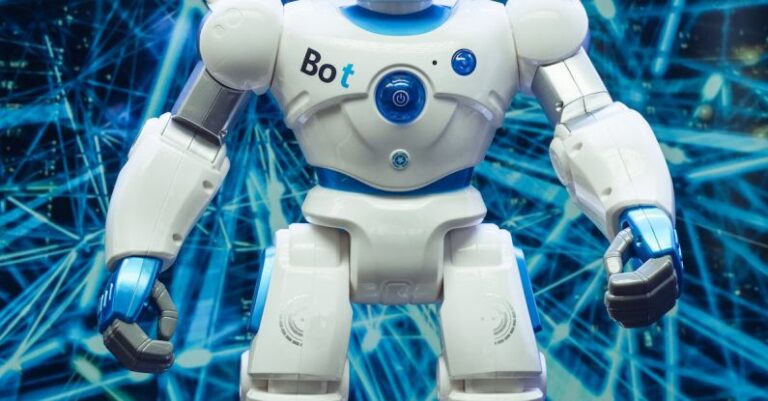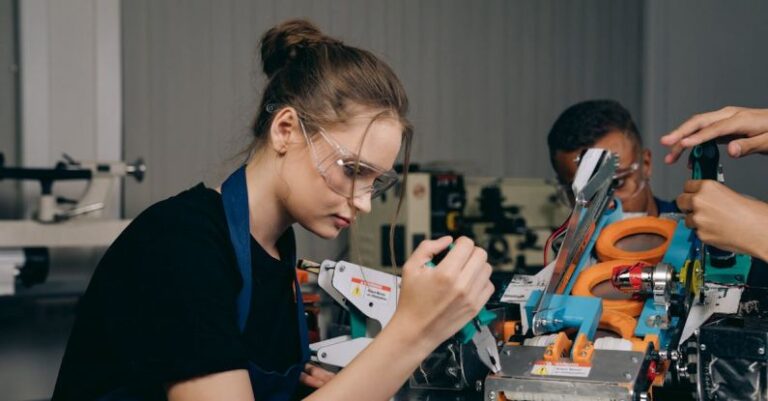
In recent years, the field of robotics has seen significant advancements that have revolutionized various industries and everyday life. From humanoid robots to autonomous drones, the breakthroughs in robotics have been nothing short of remarkable. Let’s delve into some of the most exciting developments that have taken place in the world of robotics.
Advancements in Humanoid Robots
One of the most notable breakthroughs in robotics has been the development of humanoid robots that are becoming increasingly lifelike and capable of performing complex tasks. Companies like Boston Dynamics have made significant strides in creating robots that can move with agility and precision, mimicking human movements with astonishing accuracy. These humanoid robots are being deployed in a variety of settings, from assisting with household chores to working in warehouses and even performing rescue missions in disaster-stricken areas.
The Rise of Collaborative Robots
Collaborative robots, also known as cobots, have emerged as a game-changer in the manufacturing industry. Unlike traditional industrial robots that are fenced off for safety reasons, cobots are designed to work alongside humans, enhancing productivity and efficiency. These robots are equipped with advanced sensors and artificial intelligence algorithms that allow them to interact safely with their human counterparts. The rise of cobots has led to a significant shift in the way manufacturing processes are carried out, with robots and humans working together seamlessly to achieve common goals.
Advancements in AI and Machine Learning
Artificial intelligence (AI) and machine learning have played a pivotal role in driving the advancements in robotics. These technologies have enabled robots to learn from their experiences, adapt to changing environments, and make decisions in real-time. Machine learning algorithms have been instrumental in enhancing the autonomy of robots, allowing them to navigate complex environments, recognize objects, and interact with humans more effectively. As AI continues to evolve, we can expect robots to become even more intelligent and capable of performing a wider range of tasks autonomously.
The Emergence of Autonomous Drones
Drones have become increasingly popular in various industries, from agriculture and construction to filmmaking and surveillance. Recent breakthroughs in robotics have led to the development of autonomous drones that can operate without human intervention. These drones are equipped with advanced sensors, GPS technology, and AI algorithms that enable them to navigate through complex environments, avoid obstacles, and perform tasks with a high degree of precision. The emergence of autonomous drones has opened up new possibilities for applications such as aerial mapping, package delivery, and search and rescue missions.
Advancements in Soft Robotics
Soft robotics is a rapidly growing field that focuses on creating robots with flexible and deformable structures, inspired by biological systems. These robots are designed to interact safely with humans and navigate unstructured environments with ease. Recent advancements in soft robotics have led to the development of robots that can perform delicate tasks, such as handling fragile objects or assisting with medical procedures. The flexibility and adaptability of soft robots make them well-suited for applications in healthcare, rehabilitation, and assistive technology.
The Future of Robotics
As robotics technology continues to evolve at a rapid pace, the possibilities for its application are virtually limitless. From autonomous vehicles and smart homes to robotic surgery and space exploration, robots are poised to transform every aspect of our lives in the coming years. With ongoing research and innovation in the field of robotics, we can expect to see even more groundbreaking developments that will shape the future of technology and society.
In conclusion, the recent breakthroughs in robotics have paved the way for a future where robots will play an increasingly prominent role in our daily lives. From humanoid robots and collaborative cobots to autonomous drones and soft robotics, the advancements in robotics are driving innovation across a wide range of industries. As we look ahead, it is clear that the intersection of robotics, AI, and machine learning will continue to push the boundaries of what is possible, opening up new opportunities and challenges that will shape the future of technology and humanity.





